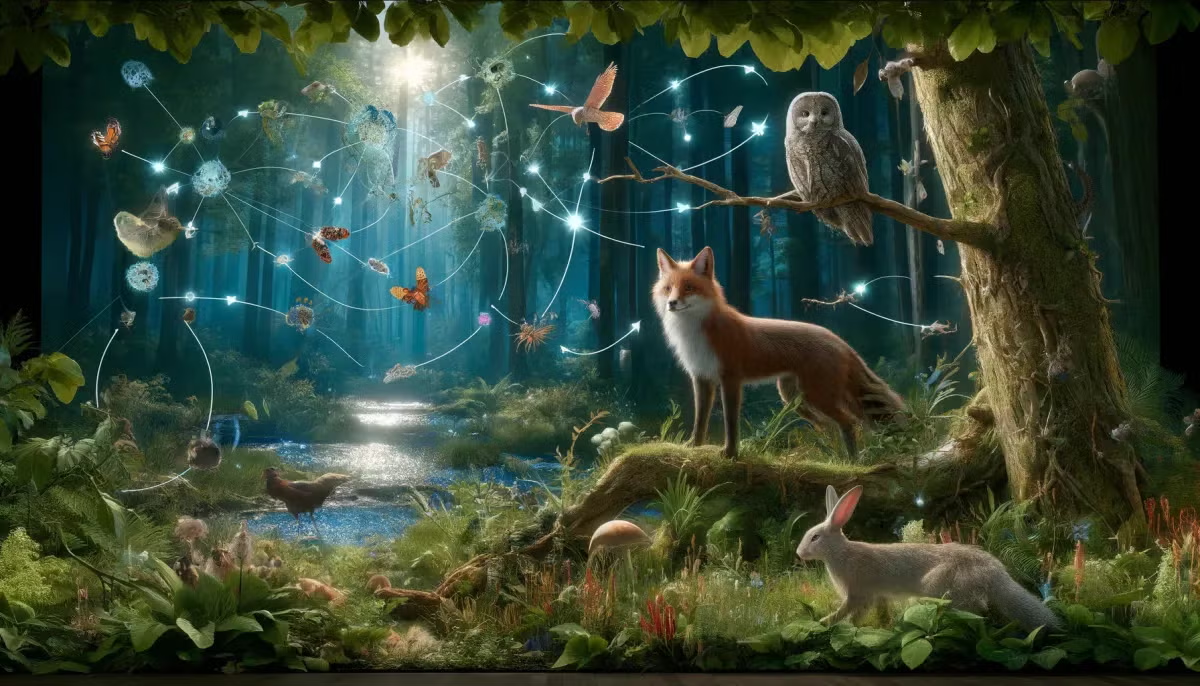

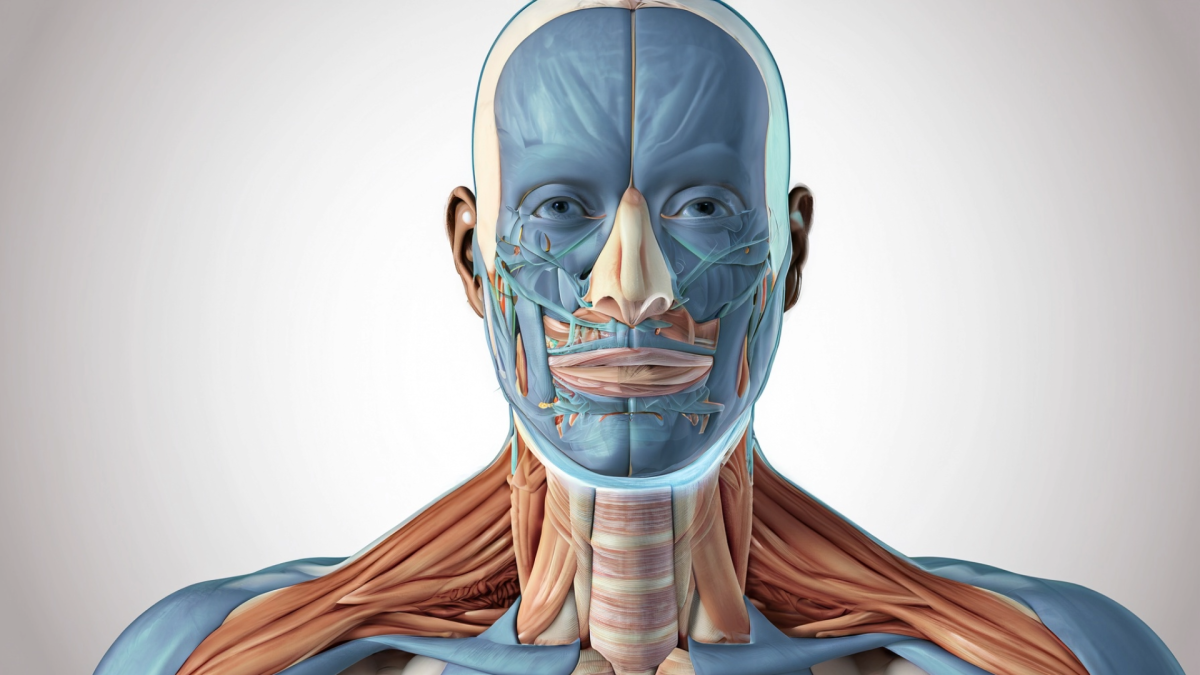
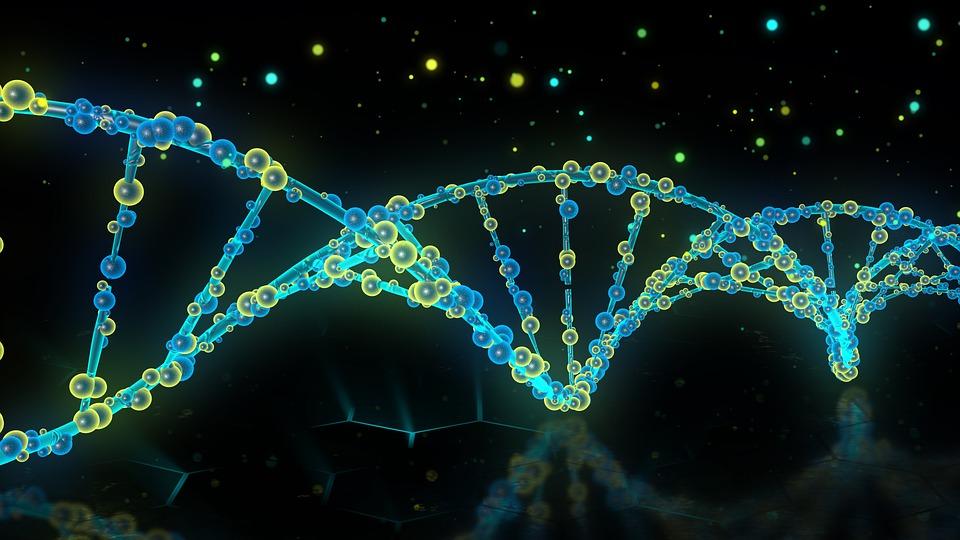
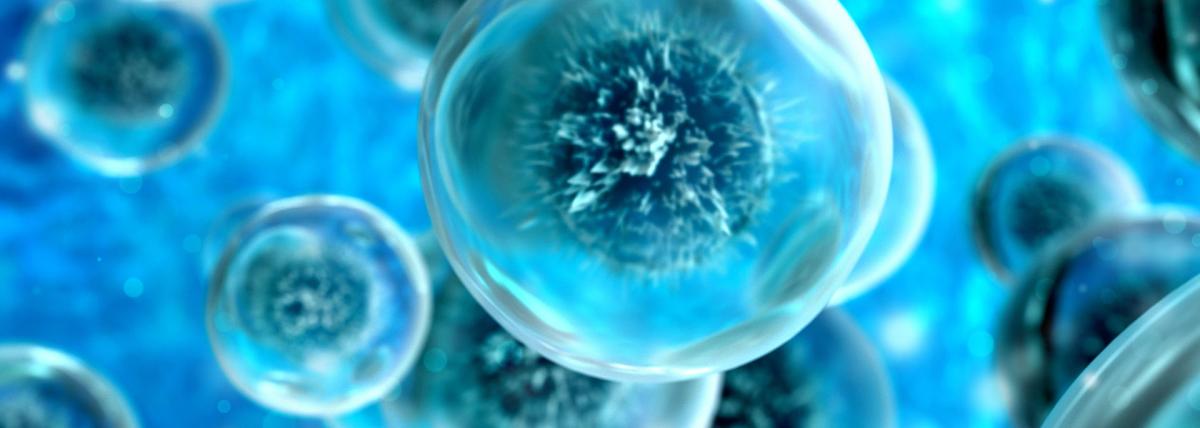







This project sets students up to explore animal anatomy and physiology with the idea of replacing a lost appendage (beak, leg, tail, fin, etc.) This is used in small groups of 2 or 3 over the course

The lesson plan goes beyond the conventional boundaries of art and science, highlighting the interdisciplinary nature of these fields. Students will discover the synergies between art (A) and STEM

This is part 2 of a two-part series focused on the effects of grafting tomato plants to potato root stock in order to create "pomato" plants. This lesson is written for junior high students but can be

This lesson is designed to review key biology concepts with 9-10th grade students using hands-on activities with LEGO bricks. I usually implement this a week before our Final exams. Students will
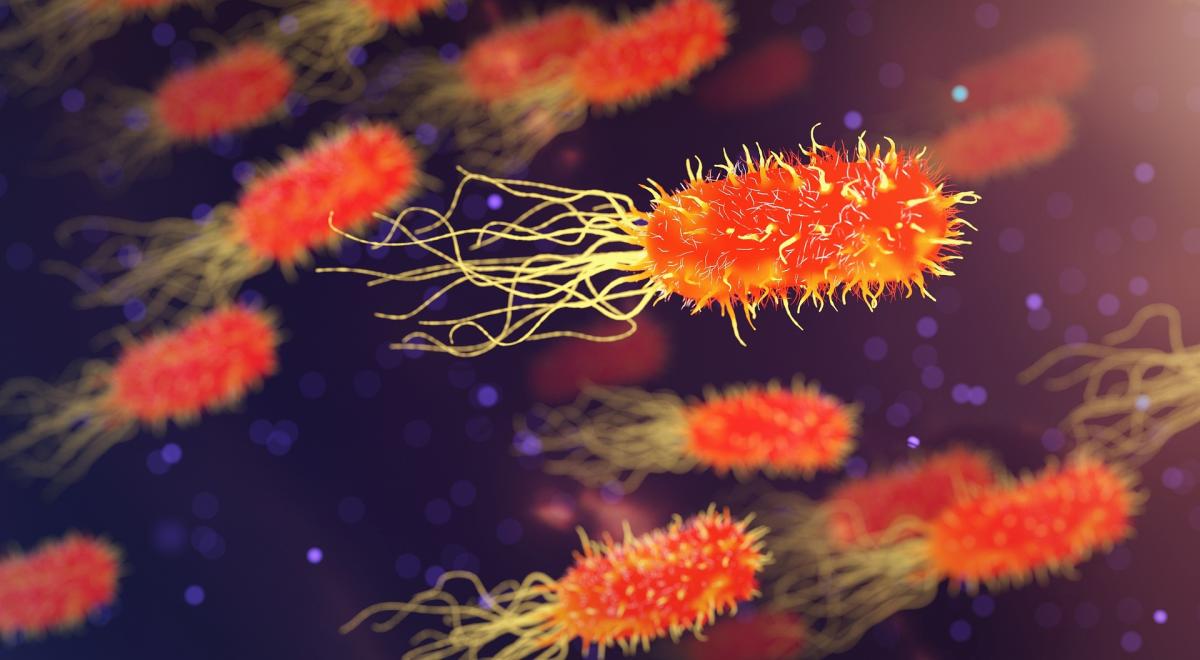
This lesson introduces the students to what are antibiotics, how they work, and why they are important. At the same time, it also talks about how an organism becomes antibiotic resistant. The students

In this lesson students will use everything they've done in parts 1-3 to analyze how mutations affect proteins. Students will build the mutated proteins that they sequenced in part 3. They will test

In this lesson, students will be introduced to mutations in DNA. They will create beaded or illustrated "codes" to represent 5 different mutations to their original protein codes. These codes will be

In this lesson students will continue to learn about protein synthesis. At the beginning of this lesson students should know that genes have the code to make proteins. Today they will be introduced to

In this lesson students are introduced to the idea that DNA is the code to create proteins and that proteins can be structural or functional. Students are given a problem to create a model of a

This lesson is designed around competition. Competition is a driving force behind natural selection. If something can survive to reproduce, the traits are passed on. Students will be completing

The lesson targets high school students. It aims to impart a solid understanding of genetics and probability through hands-on activities featuring Wisconsin Fast Plants. Covering an introduction to
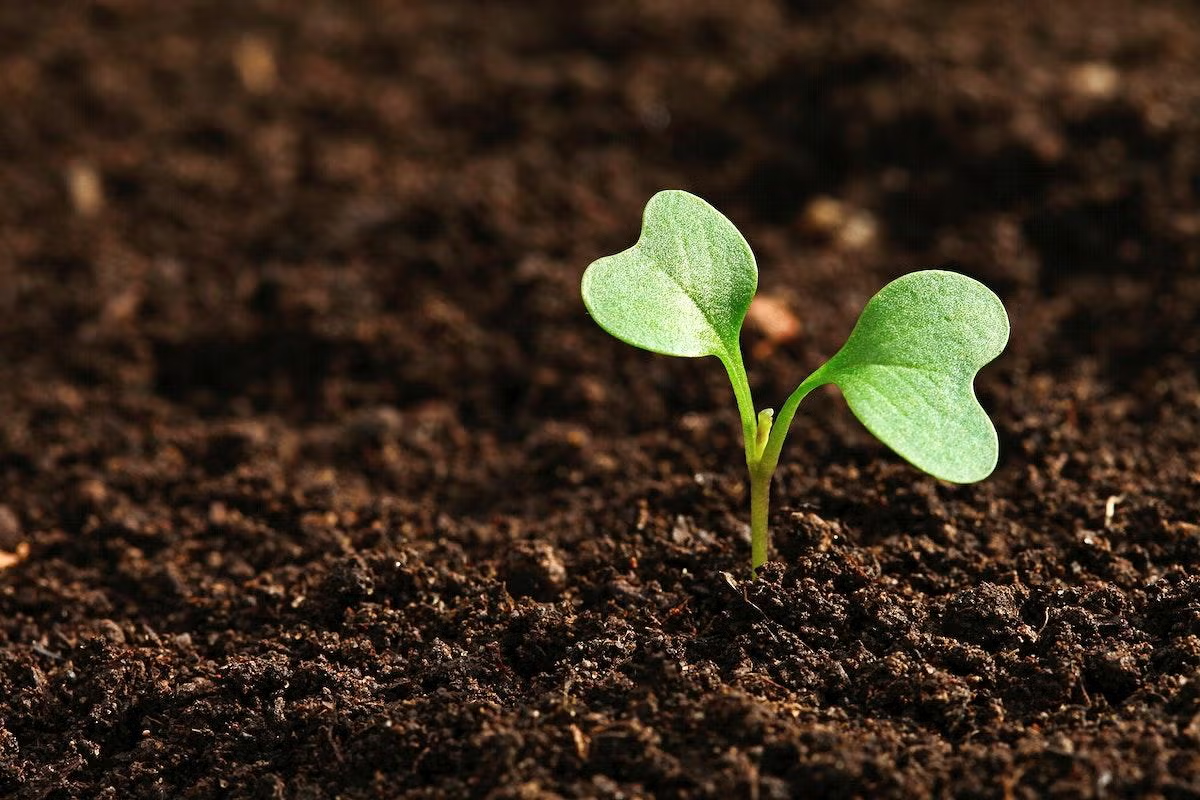
This is a junior high lesson on plant grafting that can be done in a classroom setting or with an after-school club such as botany. This lesson can be easily modified for any grade level. In this

DNA, or Deoxyribonucleic Acid, is the molecule of life. DNA exists in every single organism, from the smallest bacteria to the largest mammal, and is the only known molecule that has the ability to


